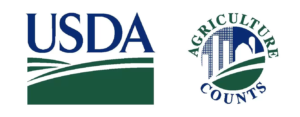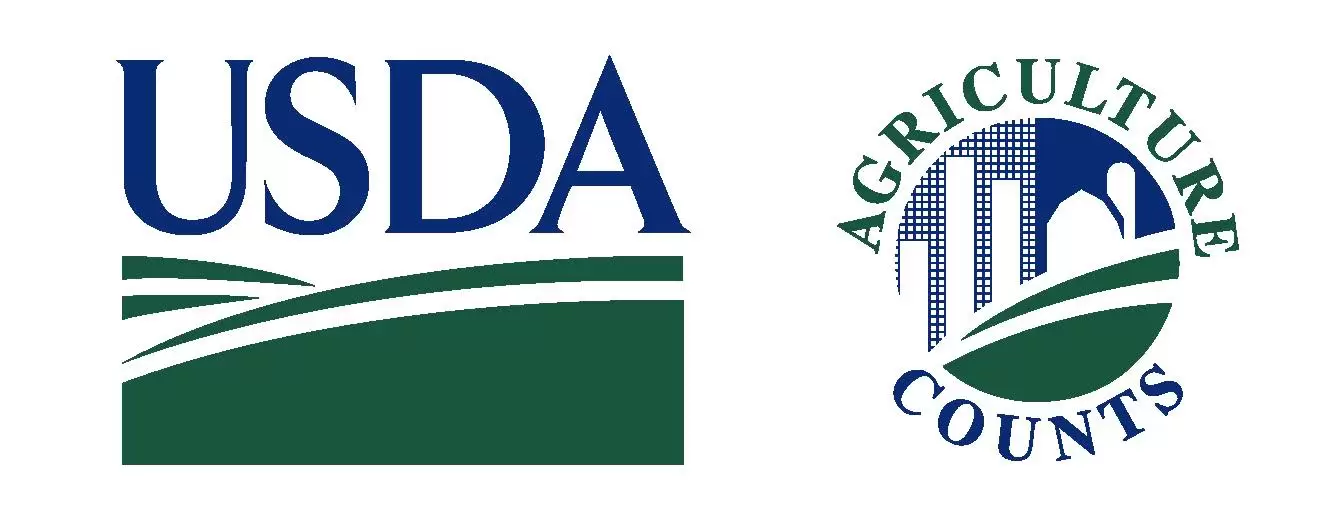 Agricultural News (March): March brought above normal temperatures and precipitation. The month began with a dry stretch that gave way to scattered rain and less stable conditions. There were pockets of severe weather and flooding as heavy rain moved in over the last weekend of the month. Although warm temperatures have prevailed through most of the month, a cooling trend has set in at the time of this writing. Precipitation for the month totaled 4.87 inches, 0.86 inches above normal. Precipitation totals by climate division, West 4.88 inches, Central 4.90 inches, Bluegrass 3.46 inches, and East 6.25 inches, which was 0.61, 0.67, -0.17, and 2.32 inches from normal respectfully. Temperatures averaged 51 degrees for the month, 5 degrees above normal. High temperatures averaged from 63 degrees in the West to 62 degrees in the East. Low temperatures averaged from 42 degrees in the West to 39 degrees in the East.
Agricultural News (March): March brought above normal temperatures and precipitation. The month began with a dry stretch that gave way to scattered rain and less stable conditions. There were pockets of severe weather and flooding as heavy rain moved in over the last weekend of the month. Although warm temperatures have prevailed through most of the month, a cooling trend has set in at the time of this writing. Precipitation for the month totaled 4.87 inches, 0.86 inches above normal. Precipitation totals by climate division, West 4.88 inches, Central 4.90 inches, Bluegrass 3.46 inches, and East 6.25 inches, which was 0.61, 0.67, -0.17, and 2.32 inches from normal respectfully. Temperatures averaged 51 degrees for the month, 5 degrees above normal. High temperatures averaged from 63 degrees in the West to 62 degrees in the East. Low temperatures averaged from 42 degrees in the West to 39 degrees in the East.
As expected, very few farmers have initiated any planting at this juncture. Preparations are under way as planting will begin in earnest in the coming weeks weather permitting. Many farmers have begun applying fertilizer where they have finished tilling. Equipment maintenance and field erosion repairs are also common activities at this time.
Overall livestock condition has improved aided by the prevalence of warm weather, however mud has become an issue in some pastures and feedlots after the most recent round of heavy rain. With that said, pasture growth has been steady and will gain speed as temperatures continue to rise heading deeper into the spring. This increase in growth on grazing land has allowed farmers to retain much of their stored hay. The hay supply is 2% very short, 11% short, 79% adequate, and 8% surplus. The current condition of livestock is rated as 1% very poor, 4% poor, 19% fair, 67% good, and 9% excellent.
Despite a cold spell of late, winter wheat is not expected to sustain significant damage. The current condition of winter wheat is 1% poor, 9% fair, 73% good, and 17% excellent.


Recent Comments